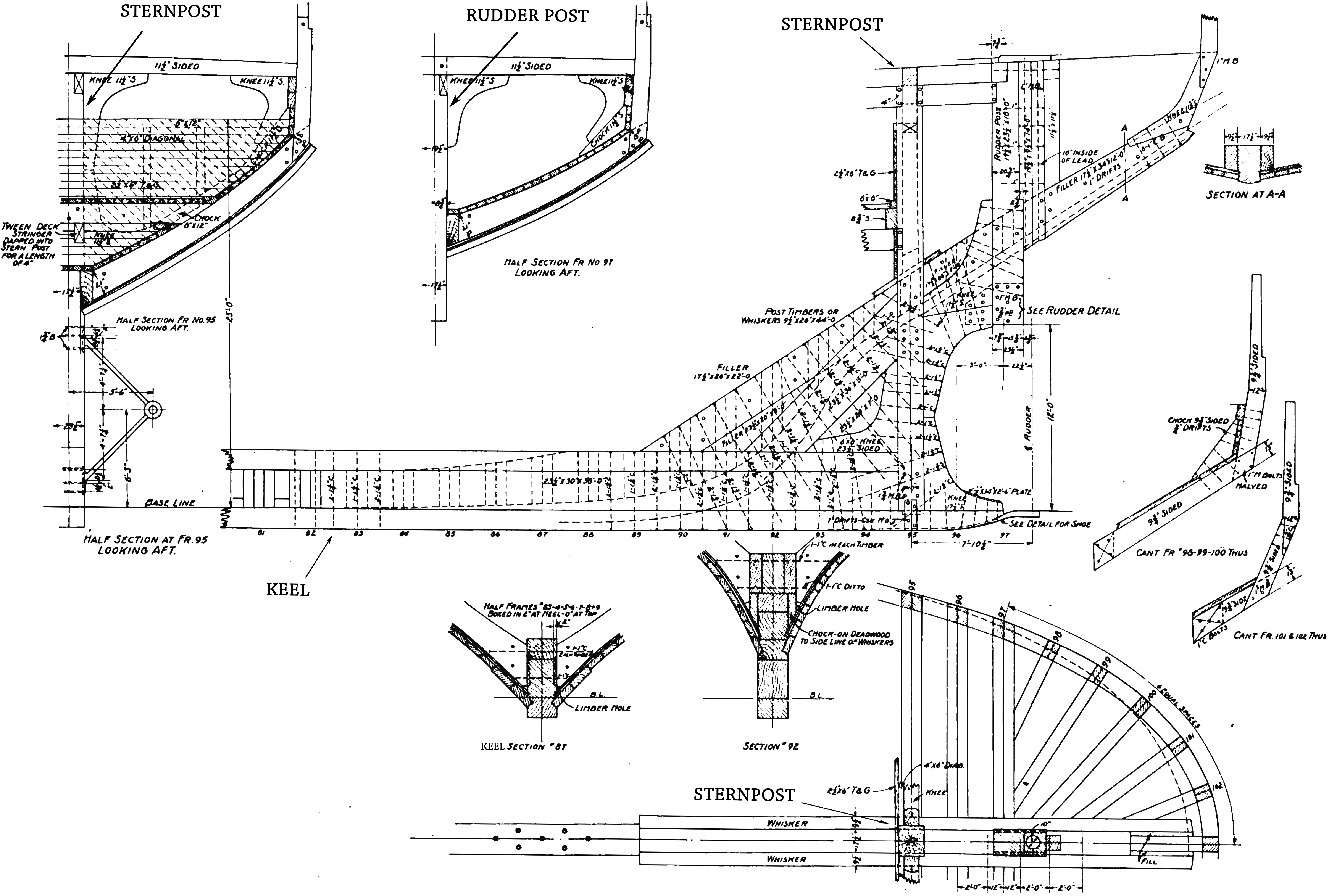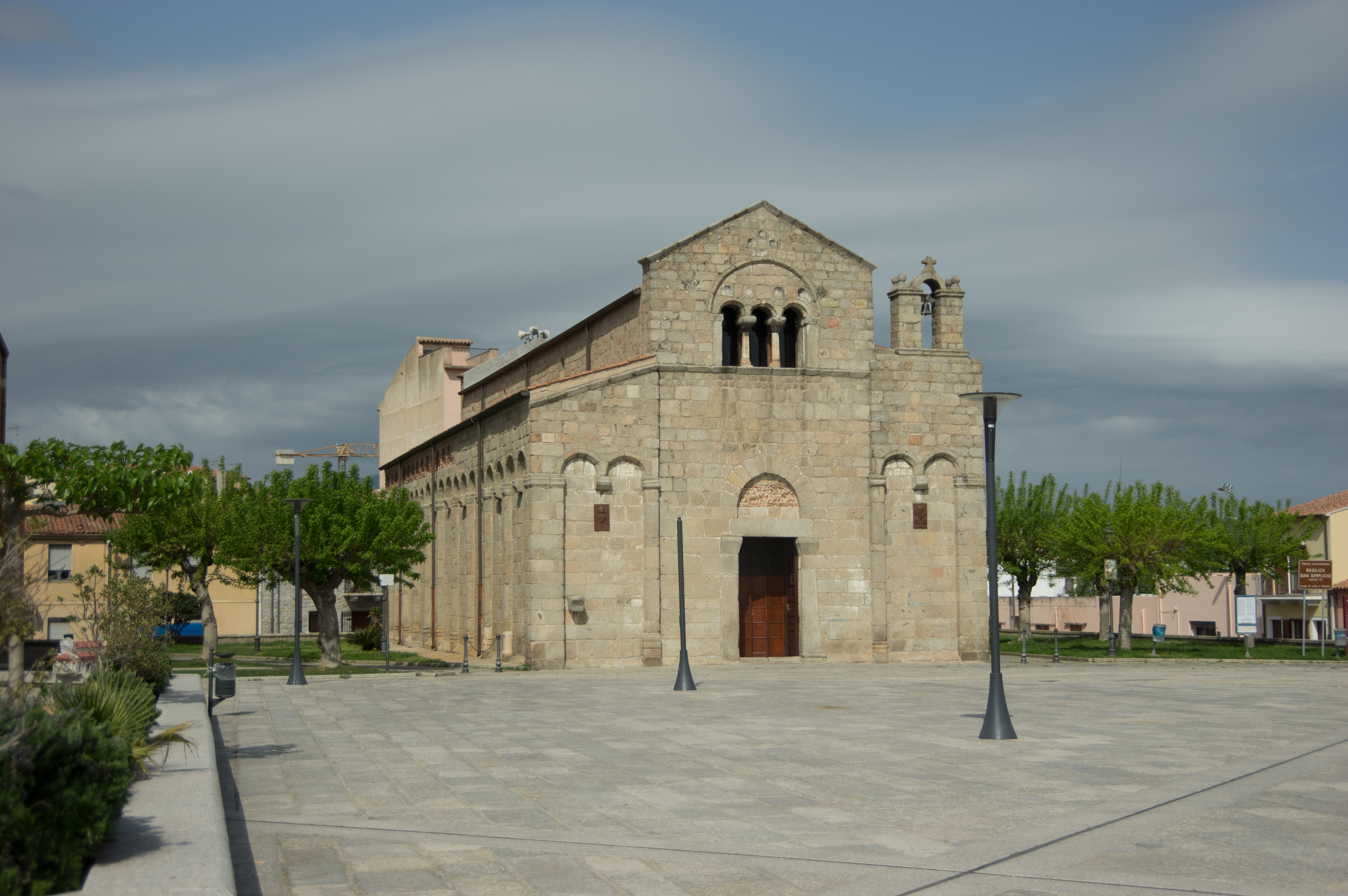|
Moby Prince Disaster
The ''Moby Prince'' disaster was a major maritime accident resulting in 140 deaths. It occurred in the late evening of Wednesday 10 April 1991, in the harbour of Livorno, Italy. It is the worst disaster in the Italian merchant navy since World War II. It is also considered one of the two worst environmental disasters in Italian history, along with the explosion and loss of the tanker '' Amoco Milford Haven'' on the following day in an unrelated accident near Voltri. MV ''Moby Prince'', a ferry owned by Navigazione Arcipelago Maddalenino (NAVARMA) Lines, collided with the oil tanker ''Agip Abruzzo'', sparking an extensive fire that ravaged the ship. The only survivor of the crew and passengers of the ferry was a young ship's boy, Alessio Bertrand from Naples. The other 140 on board were killed by the fire or toxic fumes. On 28 May 1998 the ship's hull sank while impounded in a dock in Leghorn Harbour; it was later refloated and sent to be scrapped in Turkey. Vessel MV'' Moby P ... [...More Info...] [...Related Items...] OR: [Wikipedia] [Google] [Baidu] |
Corriere Della Sera
(; ) is an Italian daily newspaper published in Milan with an average circulation of 246,278 copies in May 2023. First published on 5 March 1876, is one of Italy's oldest newspapers and is Italy's most read newspaper. Its masthead has remained unchanged since its first edition in 1876. It reached a circulation of over 1 million under editor and co-owner Luigi Albertini between 1900 and 1925. He was a strong opponent of socialism, clericalism, and Giovanni Giolitti, who was willing to compromise with those forces during his time as prime minister of Italy. Albertini's opposition to the Italian fascist regime forced the other co-owners to oust him in 1925. A representative of the moderate bourgeoisie, has always been generally considered centre-right-leaning, hosting in its columns liberal and democratic Catholic views. In the 21st century, its main competitors are Rome's and Turin's . Until the late 1970s and early 1980s, when the country underwent a nationalization proc ... [...More Info...] [...Related Items...] OR: [Wikipedia] [Google] [Baidu] |
Aliağa
Aliağa () is a municipality and district of İzmir Province, Turkey. Its area is 379 km2, and its population is 104,828 (2022). The town is situated at about north of İzmir. Aliağa has a large port, mainly for oil and bulk cargo. Its economic activity is based on tourism, shipbreaking, and an oil refinery. Overview and history Aliağa lies in the heart of ancient Aeolia. The town was named after a member of the influential Karaosmanoğulları ayan family, Karaosmanoğlu Ali Ağa, who owned an estate here. Before the Greco-Turkish War (1919–1922) the population of the town was mainly Greek. It was a township in Menemen district in 1937 and became a municipality in 1952. It finally separated from Menemen and became a district on 21 January 1982. The remains of the ancient city of Myrina are within the boundaries of the district, located at about fifteen km north of Aliağa centre. Another ancient site is the yet unexplored Gryneion, near Şakran township on th ... [...More Info...] [...Related Items...] OR: [Wikipedia] [Google] [Baidu] |
Carabinieri
The Carabinieri (, also , ; formally ''Arma dei Carabinieri'', "Arm of Carabineers"; previously ''Corpo dei Carabinieri Reali'', "Royal Carabineers Corps") are the national gendarmerie of Italy who primarily carry out domestic and foreign policing duties. It is one of Italy's main law enforcement agencies, alongside the Polizia di Stato and the Guardia di Finanza. As with the Guardia di Finanza but in contrast to the Polizia di Stato, the Carabinieri are a military force. As the fourth Military branch, branch of the Italian Armed Forces, they come under the authority of the Ministry of Defence (Italy), Ministry of Defence; for activities related to inland public order and security, they functionally depend on the Ministry of the Interior (Italy), Ministry of the Interior. In practice, there is a significant overlap between the jurisdiction of the Polizia di Stato and Carabinieri, and both of them are contactable through 112 (emergency telephone number), 112, the European Union's ... [...More Info...] [...Related Items...] OR: [Wikipedia] [Google] [Baidu] |
Stern
The stern is the back or aft-most part of a ship or boat, technically defined as the area built up over the sternpost, extending upwards from the counter rail to the taffrail. The stern lies opposite the bow, the foremost part of a ship. Originally, the term only referred to the aft port section of the ship, but eventually came to refer to the entire back of a vessel. The stern end of a ship is indicated with a white navigation light at night. Sterns on European and American wooden sailing ships began with two principal forms: the ''square'' or ''transom'' stern and the ''elliptical'', ''fantail'', or ''merchant'' stern, and were developed in that order. The hull sections of a sailing ship located before the stern were composed of a series of U-shaped rib-like frames set in a sloped or "cant" arrangement, with the last frame before the stern being called the ''fashion timber(s)'' or ''fashion piece(s)'', so called for "fashioning" the after part of the ship. This frame i ... [...More Info...] [...Related Items...] OR: [Wikipedia] [Google] [Baidu] |
Carbon Monoxide Poisoning
Carbon monoxide poisoning typically occurs from breathing in carbon monoxide (CO) at excessive levels. Symptoms are often described as " flu-like" and commonly include headache, dizziness, weakness, vomiting, chest pain, and confusion. Large exposures can result in loss of consciousness, arrhythmias, seizures, or death. The classically described "cherry red skin" rarely occurs. Long-term complications may include chronic fatigue, trouble with memory, and movement problems. CO is a colorless and odorless gas which is initially non-irritating. It is produced during incomplete burning of organic matter. This can occur from motor vehicles, heaters, or cooking equipment that run on carbon-based fuels. Carbon monoxide primarily causes adverse effects by combining with hemoglobin to form carboxyhemoglobin (symbol COHb or HbCO) preventing the blood from carrying oxygen and expelling carbon dioxide as carbaminohemoglobin. Additionally, many other hemoproteins such as myoglob ... [...More Info...] [...Related Items...] OR: [Wikipedia] [Google] [Baidu] |
Rai 3
Rai 3 (formerly Rai Tre) is an Italian free-to-air television channel owned and operated by state-owned public broadcaster RAI – Radiotelevisione italiana. It was launched on 15 December 1979 and its programming is centred towards cultural and regional programming. It has always been considered the most left-leaning channel of Italian public television. Rai 3 is a direct competitor to La7 and Mediaset's Rete 4. Foreign language programming In the Aosta Valley, Rai 3 broadcasts programmes in French as well as in Valdôtain dialect. In the Trentino-Alto Adige/Südtirol region, Rai Südtirol timeshares broadcast hours in German with Rai 3 when not broadcasting. In the Friuli-Venezia Giulia region, Rai 3 BIS (TDD Furlanija Julijska Krajina) is a separate channel which broadcasts daily from 18:40 with a half-hour daily newscast in Slovene, and other shows in Slovene. In accordance with a bilateral cooperation agreement between Italy and Slovenia, Slovene-language shows pro ... [...More Info...] [...Related Items...] OR: [Wikipedia] [Google] [Baidu] |
Mayday
Mayday is an emergency procedure word used internationally as a distress signal in voice-procedure radio communications. It is used to signal a life-threatening emergency primarily by aviators and mariners, but in some countries local organizations such as firefighters, police forces, and transportation organizations also use the term. Convention requires the word be repeated three times in a row during the initial emergency declaration ("Mayday mayday mayday"). History The "mayday" procedure word was conceived as a distress call in the early 1920s by Frederick Stanley Mockford, officer-in-charge of radio at Croydon Airport, England. He had been asked to think of a word that would indicate distress and would easily be understood by all pilots and ground staff in an emergency. Since much of the air traffic at the time was between Croydon and Le Bourget Airport in Paris, he proposed the term "mayday", the phonetic equivalent of the French (a short form of , "come ndhelp me") ... [...More Info...] [...Related Items...] OR: [Wikipedia] [Google] [Baidu] |
Light Crude Oil
Light crude oil is liquid petroleum that has a low density and flows freely at room temperature. It has a low viscosity, low specific gravity and high API gravity due to the presence of a high proportion of light hydrocarbon fractions. It generally has a low wax content. Light crude oil receives a higher price than heavy crude oil on commodity markets because it produces a higher percentage of gasoline and diesel fuel when converted into products by an oil refinery. Varying standards The clear cut definition of ''light'' and ''heavy'' crude varies because the classification is based more on practical grounds than theoretical. The New York Mercantile Exchange (NYMEX) defines light crude oil for domestic U.S. oil as having an API gravity between 37° API (840 kg/m3) and 42° API (816 kg/m3), while it defines light crude oil for non-U.S. oil as being between 32° API (865 kg/m3) and 42° API (816 kg/m3). The National Energy Board of Canada defines light crude oil as having a den ... [...More Info...] [...Related Items...] OR: [Wikipedia] [Google] [Baidu] |
Bow (ship)
The bow () is the forward part of the hull of a ship or boat, the point that is usually most forward when the vessel is underway. The aft end of the boat is the stern. Prow may be used as a synonym for bow or it may mean the forward-most part of the bow above the waterline. Function A ship's bow should be designed to enable the hull to pass efficiently through the water. Bow shapes vary according to the speed of the boat, the seas or waterways being navigated, and the vessel's function. Where sea conditions are likely to promote pitching, it is useful if the bow provides reserve buoyancy; a flared bow (a raked stem with flared topsides) is ideal to reduce the amount of water shipped over the bow. Ideally, the bow should reduce the resistance and should be tall enough to prevent water from regularly washing over the top of it. Large commercial barges on inland waterways rarely meet big waves and may have remarkably little freeboard at the bow, whereas fast military ... [...More Info...] [...Related Items...] OR: [Wikipedia] [Google] [Baidu] |
Olbia
Olbia (, ; ; ) is a city and communes of Italy, commune of 61,000 inhabitants in the Italy, Italian insular province of Sassari in northeastern Sardinia, Italy, in the historical region of Gallura. Called in the Roman age, Civita in the Middle Ages (Sardinian medieval kingdoms, Judicates period) and the Terranova Pausania until the 1940s, ''Olbia'' has again been the official name of the city since the Italian Fascism, fascist period. History Although the name is of Greek origin, due to the Greek presence during the seventh century Anno Domini, B.C., the city of Olbia was first settled either by the Nuragic civilization, Nuragics or by Phoenicians, according to the archaeological findings. It contains ruins from the Nuragic civilisation, Nuragic era to the Roman era, when it was an important port, and the Middle Ages, when it was the capital of the Giudicato of Gallura, one of the four independent states of Sardinia. During the First Punic War, the Romans fought against the Pu ... [...More Info...] [...Related Items...] OR: [Wikipedia] [Google] [Baidu] |




